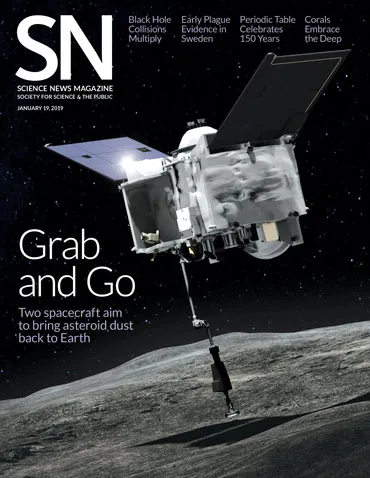Readers ponder mitochondria, Neandertal diets, deep sea corals and more
Your letters and comments on the January 19, 2019 issue of Science News
 Dad’s contribution
Dad’s contribution
Scientists have long thought that children inherit mitochondria — tiny energy factories found in cells — from only their mothers. But data from three unrelated families suggest that in rare cases children can also inherit mitochondria from their fathers, Tina Hesman Saey reported in “Dads, not just moms, can pass along mitochondrial DNA” (SN: 1/19/19, p.